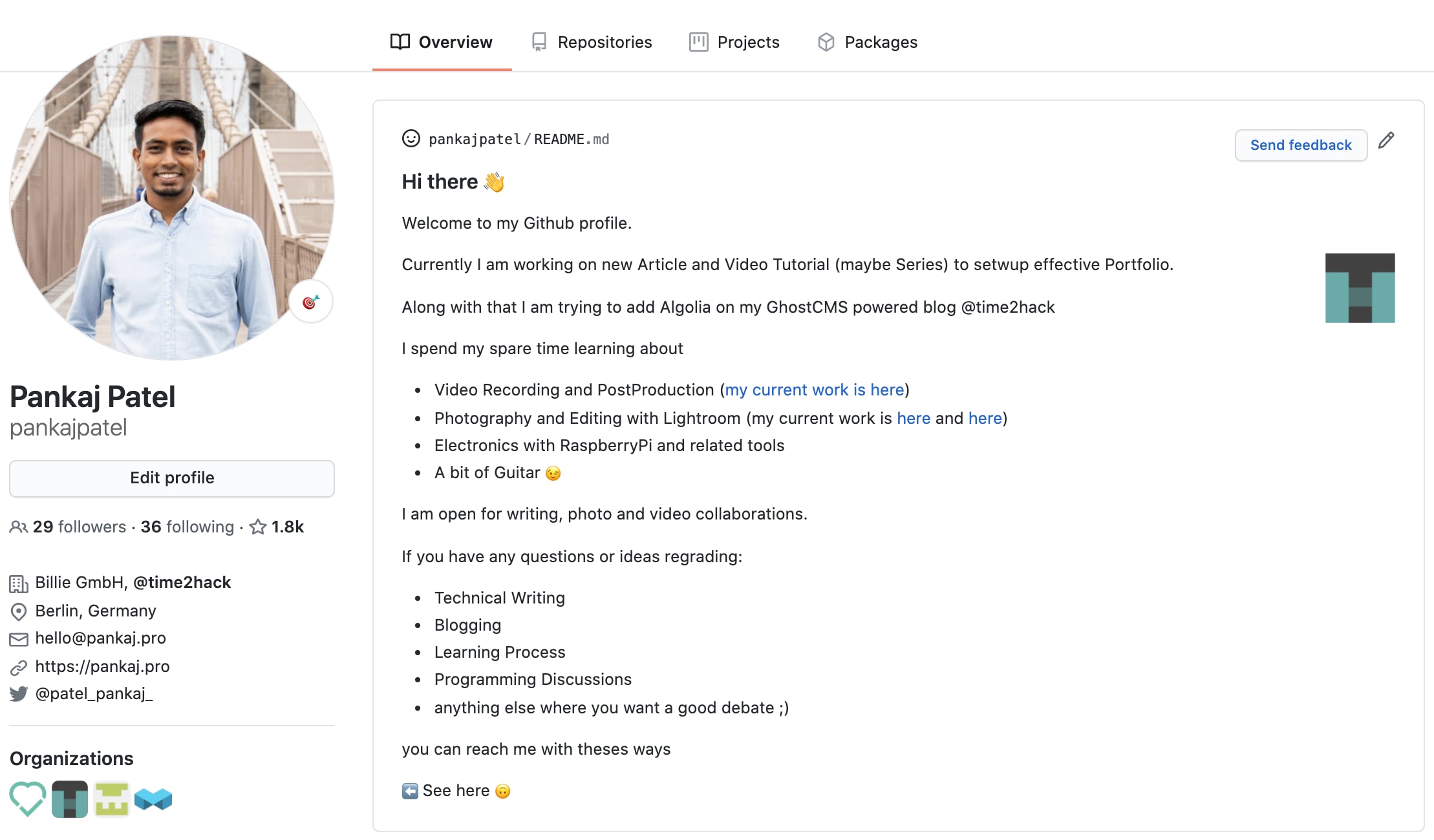Remarks
YouTube with more freedom. Contribute to maxkorsov/iridium development by creating an account on GitHub. Tutorial GitHub untuk pemula yang membahas tentang cara upload projet, buat repository baru di git hub dan new branch atau cabang. We are exited to announce Sketchboard initial integration with GitHub. Now you are able to upload diagrams directly from Sketchboard to GitHub. You can keep documentation and images on a same.
This section provides an overview of what github is, and why a developer might want to use it.
- Use a GitHub repository to easily roll back to previous versions of your PowerShell module and use multiple test branches without affecting production.
- GitHub is where people build software. More than 56 million people use GitHub to discover, fork, and contribute to over 100 million projects.
It should also mention any large subjects within github, and link out to the related topics. Since the Documentation for github is new, you may need to create initial versions of those related topics.
Installation or Setup
GitHub is a huge collection of Git repositories. In other words, you can think of GitHub as a collection of many projects!
Creating An Account
- Visit GitHub's main page Here
- Pick a username, enter in your email address, and pick a secure password and you're ready to go!
Useful Tools
For Git/GitHub beginners, understanding how version control works might be confusing at first. There exists a GUI version of GitHub that you can download and use. GitHub Desktop is just that tool.
Creating Your First Repository
You can think of a repository as a project. You can create a repository online or offline. Follow the steps below:
Online
- First log in and go to your profile.
- Navigate to the 'Repositories' tab near the top of the page
- Hit the green 'New' button and you're ready to rumble!
Offline
- Download and install git (choose the operating system you are running)
- After downloading and installation, you can either use the command line tool, or you can download a GUI client.
- After installation, create an account on github
- From the top right, click on the + and choose either creating a new repository or import an existing on.
- If you choose a new one, enter the repository name and choose either to have it public or private.
- Click: Create Repository
N.B. Private repositories are not available for free users.
GitHub Flavored Markdown
GitHub expands Markdown syntax to provide new useful features.
Header
Emphasis
Horizontal Line
List
Table
Code
Quote
Link
Image
Task Lists
Emoji
For all GitHub emojies visit- Emoji Cheat Sheet.
SHA references

Any reference to a SHA1 hash of a commit will be converted into a link to the commit itself on GitHub:

Pull Request and Issue References
Any reference to a pull request or an issue will automatically be linked to that pull request or issue.
This can be done by putting a # in front of the issue/Pull Request number.
LICENSE file
GitHub helps you quickly add a license to your repository, as an alternative for adding your own text/markdown file.
In your repository, click 'Create new file'
On next page:
- Type
LICENSE.mdorLICENSE.txtas the new file's file name. - The Want to use a new template? dialog will appear.
- Type
Choose your preferred license.
The licence you could see in the repository details:
From Q&A - How to add license to a existing Github project
README file
If your project doesn't have README.md, GitHub may parse README.rdoc to display details. If it has both, it will use README.md, silently ignoring rdoc.
A README file may include-
Readme File Github
Project Title
Describe briefly about your project. You may also provide project's website link, badges, community & contact info (i.e. email, social site).
Download
Runnable file (executable or minified or installation file) link. There can be links to previous versions too.
Installation
How your work can be used. It may include the prerequisites, settings, third party libraries, usage, cautions, etc.
Demonstration
It may include code sample, gif file, video link, or even screen shots.
Authors
Author names, contact info, etc.
Acknowledgments
List of people or community helped and inspired throughout the project
Contributing
Instructions to contribute (i.e. add feature, report bug, submit patch) to the project. May include documentation link too.
License
Good Github Readme
Give a short intro over your license. You can give a link to the license site too.
Best Github Readme
